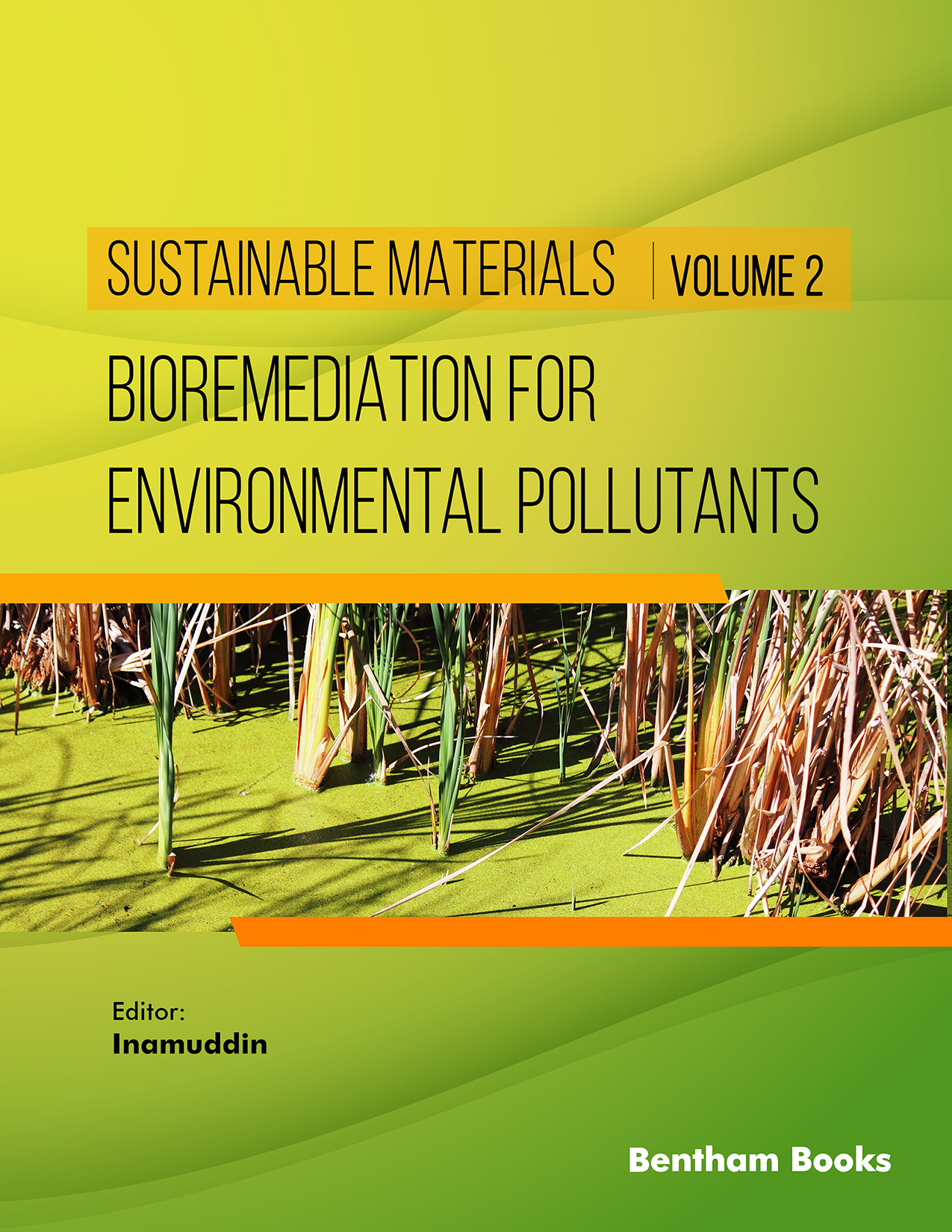Introduction
Increased industrial and agricultural activity has led to the contamination of the earth's soil and groundwater resources with hazardous chemicals. The presence of heavy metals, dyes, fluorides, dissolved solids, and many other pollutants used in industry and agriculture are responsible for hazardous levels of water pollution. The removal of these pollutants in water resources is challenging. Bioremediation is a new technique that employs living organisms, usually bacteria and fungi, to remove pollutants from soil and water, preferably in situ. This approach is more cost-effective than traditional techniques, such as the incineration of soils and carbon filtration of water. It requires understanding how organisms consume and transform polluting chemicals, survive in polluted environments, and how they should be employed in the field.
Bioremediation for Environmental Pollutants
discusses the latest research in green chemistry and practices and principles involved in the quality improvement of water by remediation. It covers different aspects of environmental problems and their remedies with up-to-date developments in the field of bioremediation of industrial/environmental pollutants. Volume 2 explains the methods used to control the remediation processes making it cost-effectively and feasible. It elaborates on the application of microbial enzymes, microalgae, and genetically engineered microorganisms in the bioremediation of significant pollutants, food wastes, distillery wastewater, and pharmaceutical wastes.
Audience:
This book is invaluable for researchers and scientists in environmental science, environmental microbiology, and waste management. It also serves as a learning resource for graduate and undergraduate students in environmental science, microbiology, limnology, freshwater ecology, and microbial biotechnology.

